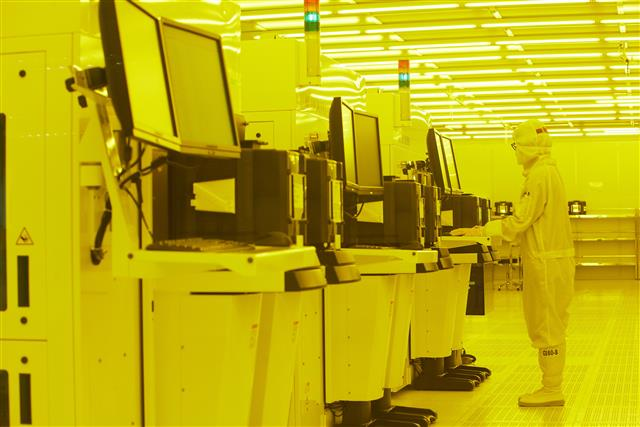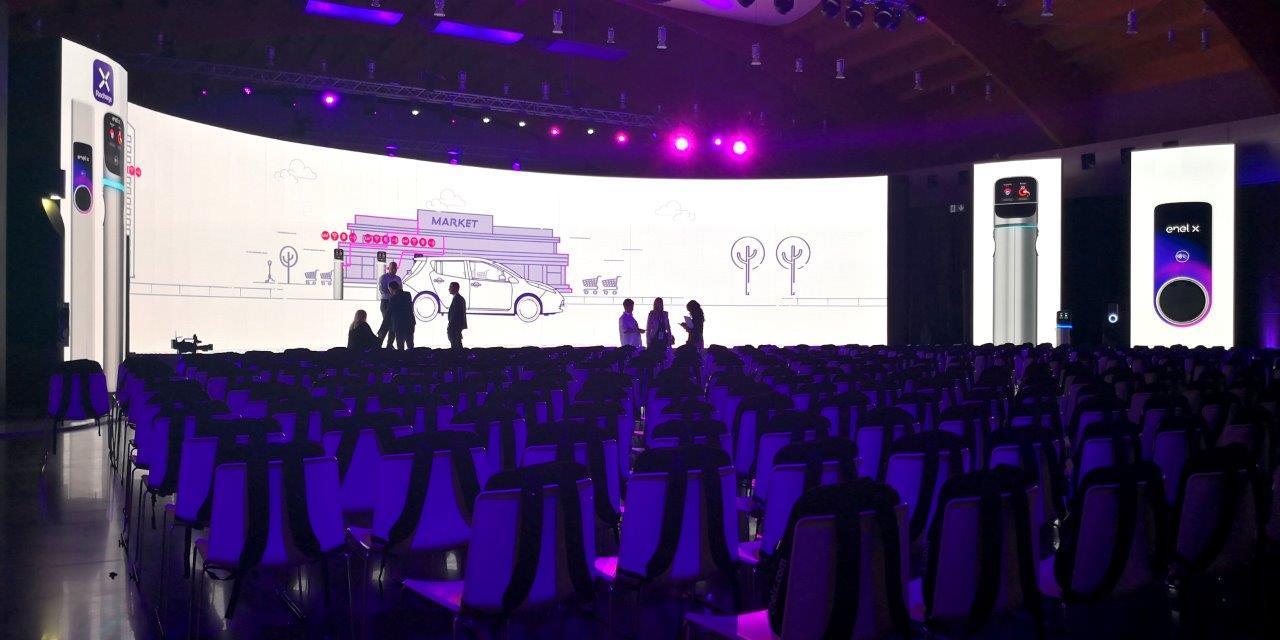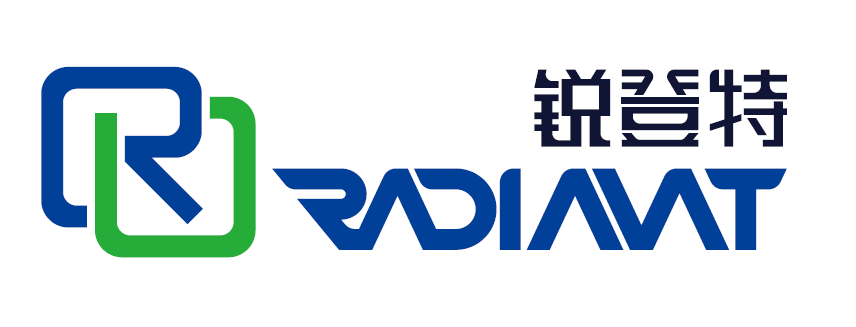In the past, when we paid attention to Micro LED, we could not avoid the difficult topic of "mass transfer". Today, it is better to jump out of the shackles of chips and discuss this issue on the path of LED miniaturization. Let’s take a look at the adaptation changes from Mini LED to Micro LED, packaging form, luminescent material and driver IC . Which ones will go mainstream? Which ones will fade out of our sights?
From small pitch to Micro LED, what changes will occur in the form of packaged products?
From the perspective of packaging, LED displays can be divided into three eras: small pitch, Mini and Micro. Different packaging eras have different product forms of flexible LED display devices. 1. Single-pixel 3-in-1 separation device SMD: 1010 is a typical representative; 2. Array type package separation device AIP: Four in one is a typical representative; 3. Surface gluing GOB: SMD normal temperature liquid gluing is a typical representative; 4. Integrated packaging COB: normal temperature liquid glue is a typical representative.
In the Mini LED era, there are two main types of product forms: all-in-one discrete devices and integrated packaging. The typical representative of SMT is all-in-one and separate devices. The typical representative of physical module splicing is integrated packaging. Integrated packaging technology still has problems such as ink color and color consistency, yield, and cost. The 0505 separation device is the limit of SMD. At present, it is mainly faced with reliability, SMT efficiency, thrust and other issues. In the Mini LED era, it may have lost the mainstream of technology. In the era of Micro LED, there is no doubt that it will be integrated packaging. But the focus of the problem is on chip transfer.

As for predicting the future technology trends of LED displays, there are four main points: 1. Packaging technology has evolved from point technology packaging to surface technology packaging, facing LED miniaturization. This will be the path to reducing manufacturing steps and reducing system costs. 2. From One in one, Four in one to N in one. The packaging form is simplified. 3. From the perspective of chip size and dot pitch, there is no suspense from Mini LED to micro LED. 4. From the perspective of the terminal market, the future LED display will shift from the engineering and rental market to the commercial display market. The transition from the display "screen" to the display "device".
In the era of Mini LED and Micro LED, what about phosphors?
Mini LED/Micro LED full-chip displays are generally favored by the led display industry, but the problems of massive transfer in the manufacturing process, multi-color chip control and different attenuation are also very prominent. Before the above problems are completely solved, developing new phosphors excited by blue Mini LED/Micro LED to avoid the insufficiency of the existing technology and give full play to its technical advantages is also a technical approach being considered by the industry. However, it is necessary to solve the problem of the small particle size of the phosphor and the efficiency loss caused by the small particle size.
At present, Mini LED is still suitable for the LCD industry as a backlight source, but it does not currently have a cost advantage. Today, the industrialization level of liquid crystal display color gamut based on new LED backlight sources has exceeded 90% NTSC. Researched rare earths have achieved mass production and wide application of narrow-band fluorides. In further conquering the new narrow-band emission of red and green phosphors and LED backlights. This helps to further increase the color gamut of liquid crystal display to 110% NTSC, which is comparable to OLED/QLED technology.
In addition, perhaps quantum dot light-emitting materials could also play a role. But quantum dot luminescent materials "look beautiful" and have been given high hopes. However, the problems of stability, luminous efficiency, environmental protection and high application cost have not been well solved. Furthermore, photoluminescent quantum dots are transitional. The real application of quantum dots is in QLED. At present, some rare earths have also laid out the development of luminescent materials for QLED.

Why does the original LED display driving method not work when it comes to the era of Mini and Micro LED?
When LED displays enter Micro LED and Mini LED, traditional LED display driving methods cannot be used. The main reason is the available location. Generally speaking, a traditional LED display driver IC can drive up to 600 pixels, and because LED displays are usually used in an area of more than 120 inches, the size of the IC will not cause problems. However, if the same pixels fit into the size of a notebook or a mobile phone, ICs of the same size and number will not fit into the device of a notebook or a mobile phone, so Micro LED and Mini LED require different driving methods.
Generally, the drive modes of displays can be roughly divided into two types. The first type is Passive Matrix. Usually passive means that only when the scanned pixels are subjected to current or voltage will there be light emission. The rest of the time that is not scanned is inactive. Since this method only works for one column during the time of each frame conversion, it is very difficult to achieve the requirements of high resolution and high brightness on a single panel. And as long as there is a short circuit in one of the pixels, it is easy to cause signal crosstalk.
In addition, there are also designs that use an extra transistor as a switch to avoid signal interference caused by component problems. Either way, the action is still passive. At present, this driving method is mostly used in low-resolution applications due to its simpler circuit design and lower cost. Such as sports wear bracelets. If there is a need for a high-resolution panel, multiple low-resolution modules can be used for combination, such as a large display screen.
Another type of driving mode is Active Matrix. As the name suggests, Active Matrix can continuously maintain the current voltage or current state through the storage device of the pixel itself within a frame of the frame. Because the capacitor is used for storage, there are also problems of leakage and signal crosstalk, but it is much smaller than passive driving. The analog driving method usually still has the uniformity problem caused by the thin film transistor process and the light-emitting device itself at high resolution. Therefore, there are more complex current source structures such as 7T1C or 5T2C to solve the uniformity problem.

When the pixel size is small to a certain extent and the resolution requirements are very high, the digital drive method will be used as much as possible to meet the uniformity problem mentioned above. Generally, pulse width modulation (PWM) is used for gray scale adjustment. to produce different shades of gray.
The PWM method mainly uses pulse segments distributed over time intervals to generate different grayscale changes by changing the duration of on and off. This technique can also be called duty cycle modulation. Since LEDs are mainly current-driven components, in the design of Micro-LED micro displays, the design method of an independent fixed current source is often used to drive each independent pixel to meet the requirements of uniform brightness and stable wavelength. , In addition, if the transfer of independent different color Micro-LED technology is used, it is necessary to consider the operation voltage of different RGB, and therefore must also design an independent voltage supply control circuit inside the pixel.
Post time: Oct-10-2022
